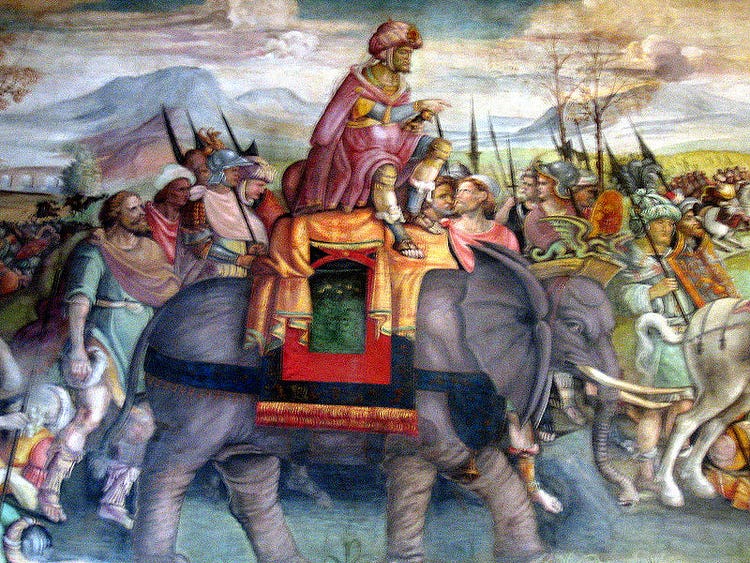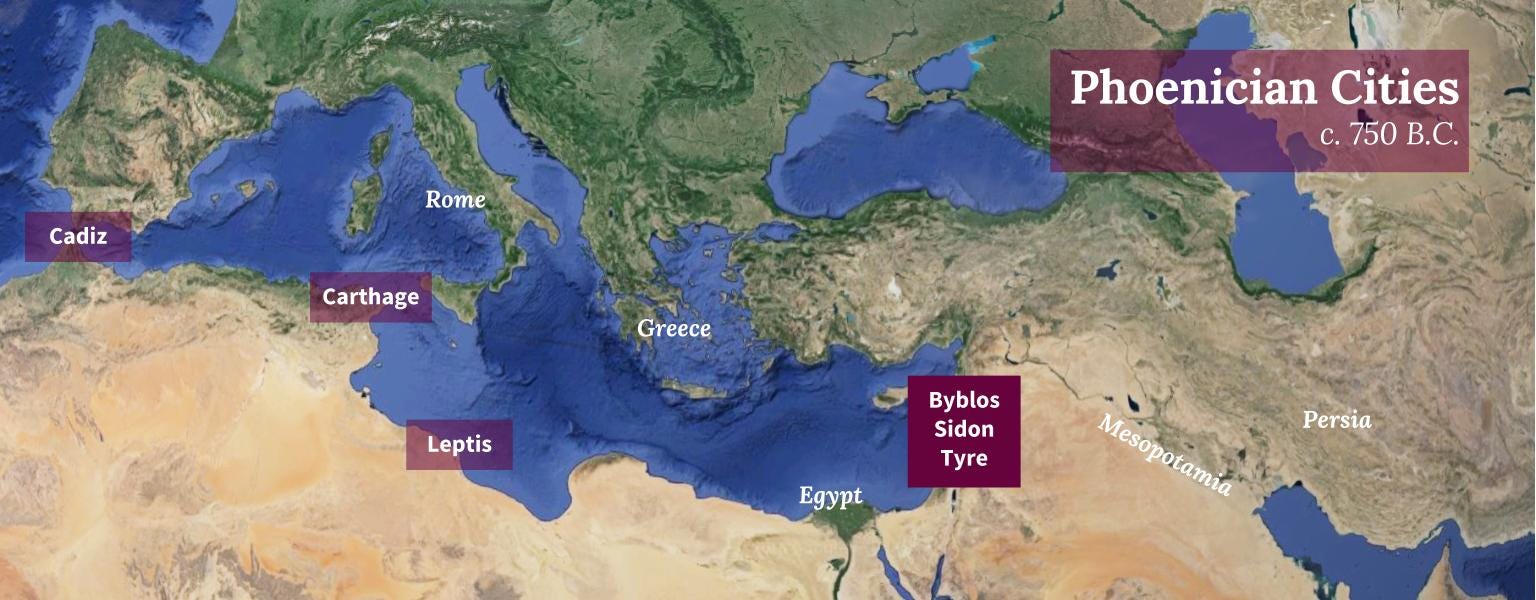Before beginning, it would be a great privilege for me to extend my thanks to Age of Empires Official Youtube Channel for giving us such wonderful insights from history and making us recognize the glorious achievements and events man has ever encountered.
Men make history and not the other way around. In times where there is no leadership, society stands still. Progress occurs when courageous, skillful leaders seize the opportunity to change things for the better.
-Harry S Truman
Today's world is made from the deeds of the people in history. Man's curiosity has made him the most intelligent of all the beings on Earth. Agriculture was a milestone which further became the very foundation of a civilization. May it be Indus, Assyrian or Egyptian; each civilization was made prosperous by the ingenuity and works by great people. But where there is an empire, there are wars. Endless wars have been fought till date which has shaped the very existence of man. The wars have been fought for power, gold, trade or supremacy over a region. But there is war which was actually influenced by another indirect factor : Color. Yes, you heard it right. Here is an interesting incident about the conquest of Rome over Carthage which was influenced by the Purple Pigment.
The Roman Republic
 |
THE ROMAN REPUBLIC : 509 BCE - 27 BCE
|
The Roman Republic was a 5 century long period that existed between the overthrow of Rome's last ancient king and the founding of the empire. the Republic was, however, not led by absolute rulers but instead was governed by two elected consuls who appointed magistrates to advise them. These senators were chosen from amongst the patricians or upper-class Romans. One of the most famous Patricians of the republic age was indeed General Publius Cornelius Scipio. Scipio was the hero of the 3rd century BCE era conflict called the Punic Wars. This was the decades-long bloody power struggle fought between the Romans and the Carthaginians for the control of the Mediterranean.
 |
| PUBLIUS CORNELIUS SCIPIO, BORN 236 BCE |
Carthage
A city-state renowned in world history. Carthage was founded by Phoenician seafarers ( known today as Tunisia ) on the north coast of Africa.
 The word 'Punic' is a derivative of the name 'Phoenician' which means 'Land of Purple Dye'. The Phoenicians were renowned for the crazy expensive pigment they made from the secretions of the tiny murex sea snail. It is true that it took thousands of these snails to create just a small amount of purple tint and it was worth more than its weight in gold. The Romans prized Tyrian purple as they called it to color their ceremonial robes. Patrician men of the knightly class wore a Toga with a single purple murex dyed strip signifying their status as equities or horsemen. So it's kind of ironic that the Carthaginians, the people who were Rome's greatest threat were also one of the biggest manufacturers of the purple dye that was a symbol of Rome's ruling class.
The word 'Punic' is a derivative of the name 'Phoenician' which means 'Land of Purple Dye'. The Phoenicians were renowned for the crazy expensive pigment they made from the secretions of the tiny murex sea snail. It is true that it took thousands of these snails to create just a small amount of purple tint and it was worth more than its weight in gold. The Romans prized Tyrian purple as they called it to color their ceremonial robes. Patrician men of the knightly class wore a Toga with a single purple murex dyed strip signifying their status as equities or horsemen. So it's kind of ironic that the Carthaginians, the people who were Rome's greatest threat were also one of the biggest manufacturers of the purple dye that was a symbol of Rome's ruling class.
The leader of the Carthaginians was Hannibal Barca. He was a brilliant tactician whose father made him swear an oath when he was a child, to always be the enemy of Rome. When Hannibal was in his early 30s, he crossed the Alps and into Italy with an army of war elephants threatening to destroy the capital of Rome itself. He menaced the Italy for the next 15 years opposed by the wily Roman Publius Cornelius Scipio who managed to capture the Carthaginian city of Carthago Nova or New Carthage in Spain.
 |
| THE PHOENICIAN GENERAL HANNIBAL BARCA, ATOP HIS ELEPHANT |
The Punic Wars
Now a Consul, Scipio fought with the Senate about the best way to defeat Hannibal. Scipio's idea was to take the fight directly to the Carthaginian's base of power. Finally granted permission by his envious fellow Patricians, Scipio was only granted a small number of soldiers for the invasion of Africa but his ranks quickly swelled with volunteers eager to defeat Rome's bitter enemy. Hannibal was immediately recalled from Italy by his own government to face the Roman army on Carthaginian soil at a place called Zama. But Scipio had a cunning plan to defeat Hannibal and his tank like elephant brigade. He ordered his Centurions to blow these nearly ten foot long G-shaped war horns called cornu. The noise drove the elephants mad with fear and the Romans won the day. The honorable Scipio spared Hannibal's life but the defeated Carthaginian general was eventually exiled by his own people and later committed suicide while on the run from the Romans who still saw him as a threat about 35 years later.
 |
| THE BATTLE OF ZAMA |
The Romans sacked Carthage and pulled down its walls either killing or enslaving all of its inhabitants. Thus the Punic Wars, the Purple Wars came to a final and brutal end. Some texts say that the Romans ploughed the ground of Carthage and sewed it with salt to make it barren forever. You may be wondering, What about Scipio. Well, he was give the agnomen or nickname Afrikanus in honor of his victory but he died in self-imposed exile furious of how poorly he had been treated by his fellow citizens whom he considered to be a bunch of ingrates (someone who is ungrateful).
So, this was all about the Purple Wars between Rome and Carthage. Rome, no doubt was one of the mightiest empire in the world that time, but the technological and marine advancements of Carthage was second to none.
Also, do watch this video by Adam Isgreen, Creative Director-Microsoft Studios.
